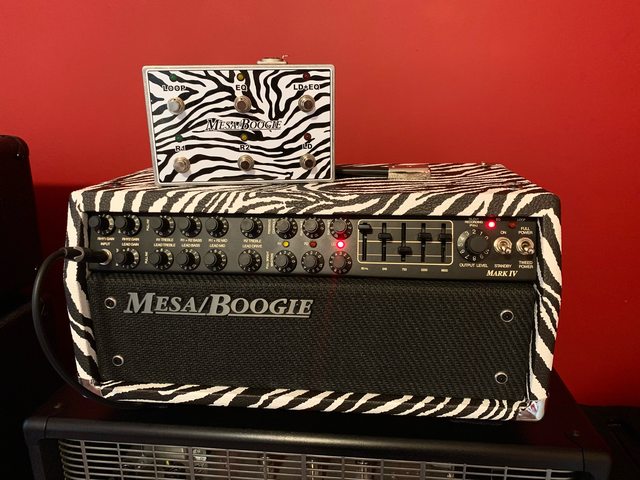A question for Mk IV experts...
I don't own one of these (yet), but am often scouting out ads and listings of them, and am amazed and delighted at the variety of housings, speaker fabric, logo designs etc with which the model was manufactured.
One thing I've noticed is on the rear panel, typically the FX loop jackplugs have metal/chrome sockets while the other jackplugs have black plastic surrounds, and at least one amp I've seen had ALL the sockets on the back as metal/chrome units. This applies to both A and B versions, and the combo format.
What was the policy at Mesa with this - did they just utilise whatever components were in stock, using metal sockets for the FX loop for visual reasons? Was it a conscious decision to use all metal sockets - or not - and did it fit in with particular dates of production / serial numbers etc?
Aesthetically (IMHO) having that mass of plugs all in matching metal surround looks great, but I'm sure from a technical / operational point of view, there's no difference between metal surround sockets and plastic ones. I'm just curious why there are two types of sockets on lots of these amps.


